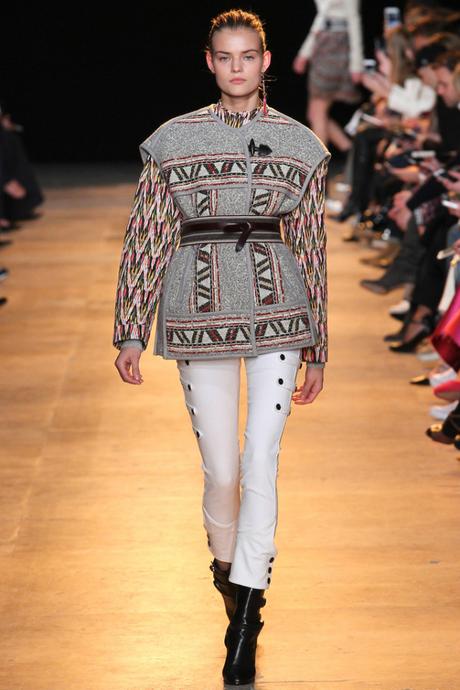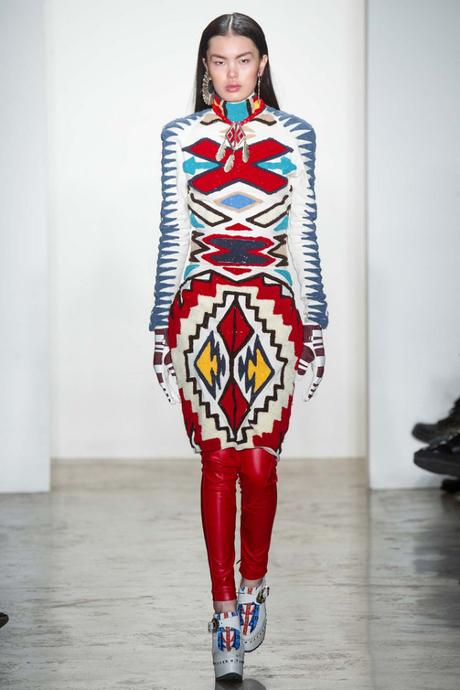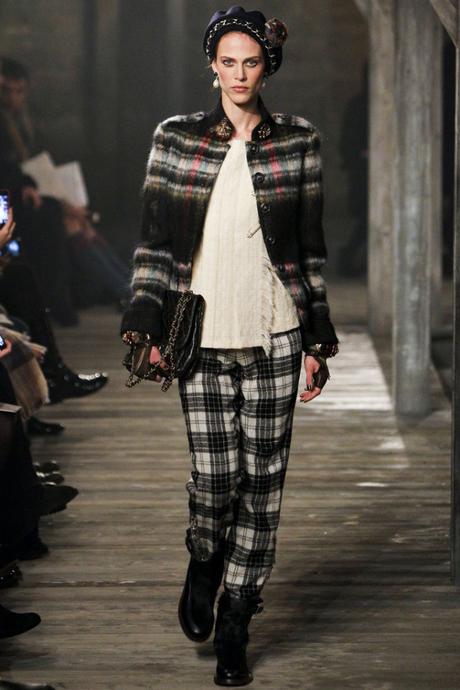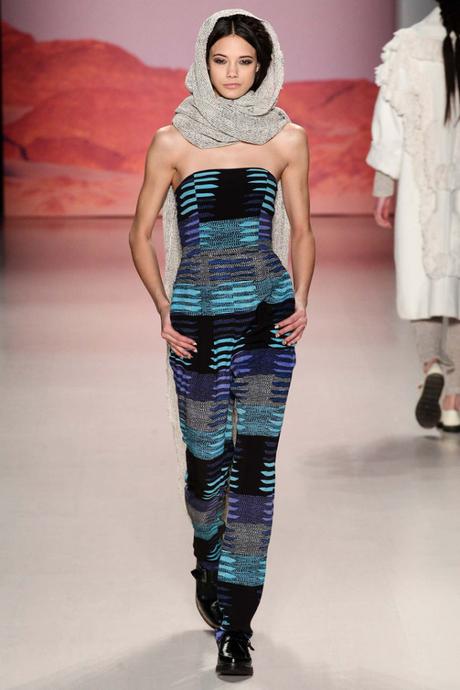 "It's been done before."
"It's been done before." If you've watched any of the ubiquitous fashion design shows, you've heard coaches, mentors, and judges critique rising courtiers, telling them that their designs aren't new.
"What goes around, comes around."Not just life advice, those of us who've been around tend to roll our eyes at the cyclical versions of trends we wore in our youth - sometimes twice.






When I saw The Guardian's June 17, 2015 piece in the latest fashion plagiarism accusation, I wondered - again - where the line lies for a designer and her inspiration. In this case, women artisans in the Mexican Santa Maria Tlahuitoltepec community have accused French designer Isabel Marant of plagiarizing their native costume for her Fall 2015 collection. Blouses strikingly similar to those they make and sell in their village retail under Marant's Etoile label as dresses for upwards of $300.
As each season's runway rolls by, designers put out press releases and show notes citing their "inspirations." Some are purposeful, like Karl Lagerfeld's 2013 Dallas, Texas, Metiers d'Art show. In that case, Lagerfeld turned on "cowboys and indians" to recall and use Coco Chanel's fascination with Texas. The designs, many of which reused stereotypical "western" motifs, were not received well by critics. They were considered uninspired and almost cartoony. Using a "Native American"-influenced graphic blanket as a coat didn't turn anything on its design head. Unlike some of his contemporaries (think Givenchy's Fall 2013 Bambi sweatshirt), Lagerfeld applied not a lick of irony or sarcasm.
Where is the line, then? Can a designer not see a shape, line, or color in a native costume or a previous season's design and apply it to make it current? Artists (and many designers certainly fancy themselves as such, whether or not the rest of the world views them that way) use life and the world around them as springboards to their creativity. Art is exactly that: taking that which surrounds us and interpreting it as an expression of ourselves or our message. If fashion is art, can designers call on and bring native cultures' art forms to the runways? When is inspiration an honor and a positive spotlight for those cultures, and when is it a designer profiting from an ancient artist's creativity?

